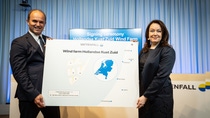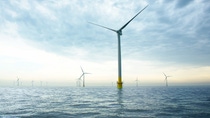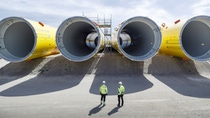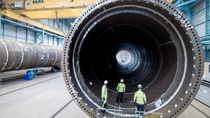Zrównoważony Rozwój
Renewable Energies
At the heart of the long-term transition toward net zero CO2 emissions by 2050 is the use of new technologies, which will replace fossil fuels such as natural gas with electricity from renewable sources. Electricity demand at the group’s major sites, including the largest production site in Ludwigshafen will therefore increase sharply in the coming decade. From around 2035, it is expected to be more than three times the current electricity demand. From around 2035, the group’s electricity demand is expected to be more than three times higher than it is today.
A precondition for the transformation of chemical production is the reliable availability of large quantities of renewable electricity at competitive prices. At the moment, that is not the case in Germany. BASF therefore aims to participate in investments in renewable energy generation facilities to meet its own demand. Regulatory framework conditions are also essential for making this transformation economically feasible.




